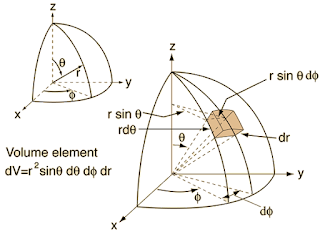Coding and the Interwebs

If there is one thing you should know about learning to code, it is that the internet is your friend . Learning how to find what you need on the internet is an important skill to learn. A lot of the skill comes with time, but there are a few things that can get you going. Someone has had the same problem you are having. There is an answer. Stack Overflow and Stack Exchange are miracles of the internet. Don't worry which is which unless you want to Occam's Razor - Try the simplest solution first, but avoid hackey solutions. How to ask a good question* A good format to follow for asking Google a question is language what you want to do Say I am working on some C++ code, and I want to read in columns from a file. Suppose these have multiple data types, some are strings while others are integers. Example: Alice 1 10 1e3 Bob 2 12 2e3 I would ask C++ how do I read in columns with multiple data types from a file . While this is doable, a Google search sh...

